The Apple iPad Air 2 Review
by Joshua Ho on November 7, 2014 9:30 AM EST- Posted in
- Tablets
- Apple
- Mobile
- iOS
- ipad Air 2
Software: iOS 8
While hardware is important, the tablet ultimately needs compelling software in order to justify its place. Apple has done a great job of using the display’s extra real estate, although areas like Springboard are a bit lacking in information density when compared to the iPhone 6 Plus. Unlike the iPhone 6 Plus which usually only gives a multiple-pane view in landscape, the iPad can present more information all the time. While this may seem to be an artificial distinction, it’s really the 4:3 aspect ratio that improves information density for both orientations.
More notably, applications in the app store seem to be universally adapted for the iPad instead of being a stretched out iPhone version. It’s likely that this is because any iPhone-only application is a direct scaling rather than any proper interpolation, so at 1x mode the application is comically small and at 2x the application often looks horrific due to aliasing and upscaling artifacts. Both modes leave large levels of unused space in the display, so there’s a strong impetus to make a proper tablet application. The multitasking gestures continue to add to the tablet's functionality as well, which can be even quicker than normal multitasking. This is also helped by the use of two gigabytes of RAM, which noticeably reduces the amount of times that applications are kicked out of memory in my experience. As AArch64 can increase memory requirements it seems important for future iPhones and iPads to all ship with at least two gigabytes of RAM.
For the most part, these are already advantages that iPads have had for a while, so none of this really changes when compared to most other tablets, which have generally suffered from a relatively poor breadth of applications designed to take advantage of a larger tablet display. The one significant software feature to talk about here is TouchID, even though this is a hardware-driven feature. Similar to my experiences with TouchID on the iPhone, TouchID on the iPad makes a lot of sense. While there’s no NFC feature for Apple Pay, the same system works for online purchases which has a great deal of potential for any applications that utilize Apple Pay. The launch of iOS 8 also means that TouchID can be used as an alternate form of authentication for any application that uses the appropriate API, which is definitely nice as well. Of course, for basic unlock this system continues to work incredibly well, to the point where it’s often possible to accidentally unlock the device when turning it on with the home button.
However, there’s not much else to talk about. Unfortunately, while Apple has done a good job of developing the tablet it feels like there’s a lot of potential for new applications and other usage models that haven’t come to fruition. While the stylus is often seen as a negative for user experience, I suspect that the iPad would have for more value if a good pressure-sensitive stylus was included for note-taking and similar use cases. In addition, the lack of a proper multi-window system definitely detracts from the potential for the iPad to take on a productivity role. While these are all things that Samsung has done for the Galaxy Note line, these features aren’t really as well executed as they need to be for good user experience which leaves room for Apple to innovate in this area. It seems fully possible for an iPad to replace a ~20 mm thick convertible tablet for productivity and note taking, but proper development of these ideas hasn’t quite happened.
Unfortunately, as a function of the iPad’s size I find it hard to integrate into daily use. For the most part I don’t find myself missing the extra screen size when compared to a phablet like the iPhone 6 Plus, and this is likely to be Apple’s biggest issue as the iPhone 6 Plus can give much of the tablet functionality while still remaining relatively compact. While I’d be willing to put up with the extra size if there was compelling functionality that I wouldn’t be able to get on another formfactor, it feels like this uniqueness is lacking in the iPad. This doesn’t mean that there isn’t value to the iPad formfactor as there is a sizeable population of people that effectively use the iPad as their primary computing device, but for general browsing and comparable tasks I’ve never felt limited by the relatively small display of a phablet or smartphone. This means that there’s a significantly higher bar for utility, which is really the source of my concern. While the iPad’s software experience is excellently executed, after multiple generations it seems to be time to push in new directions for utility.


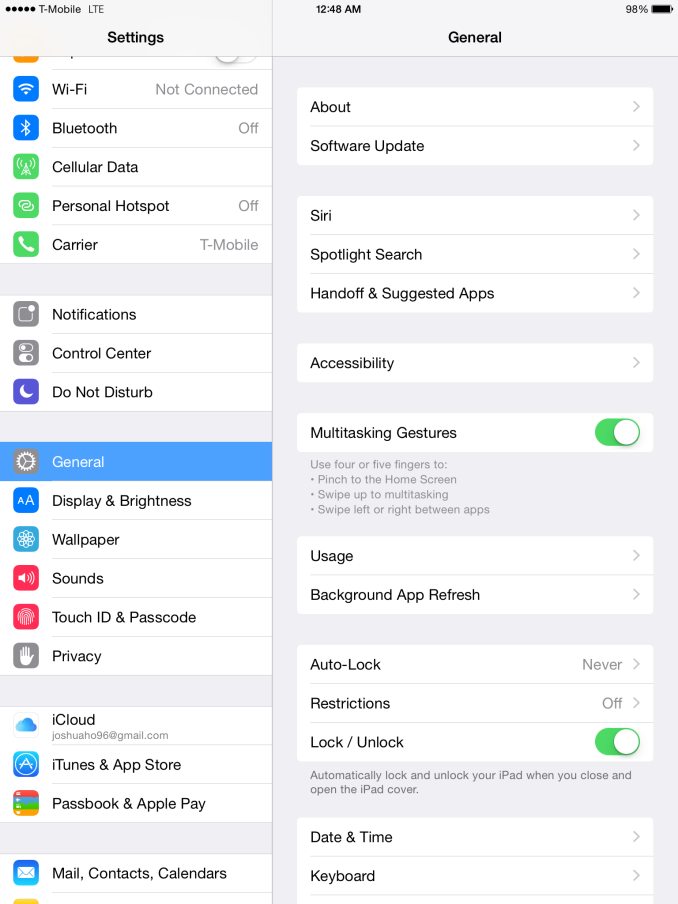
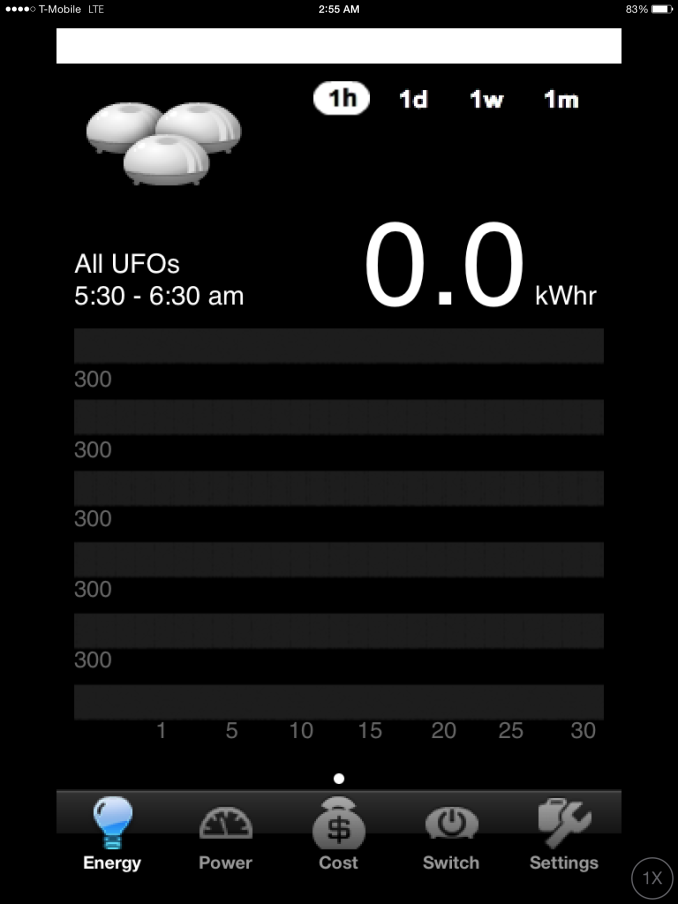
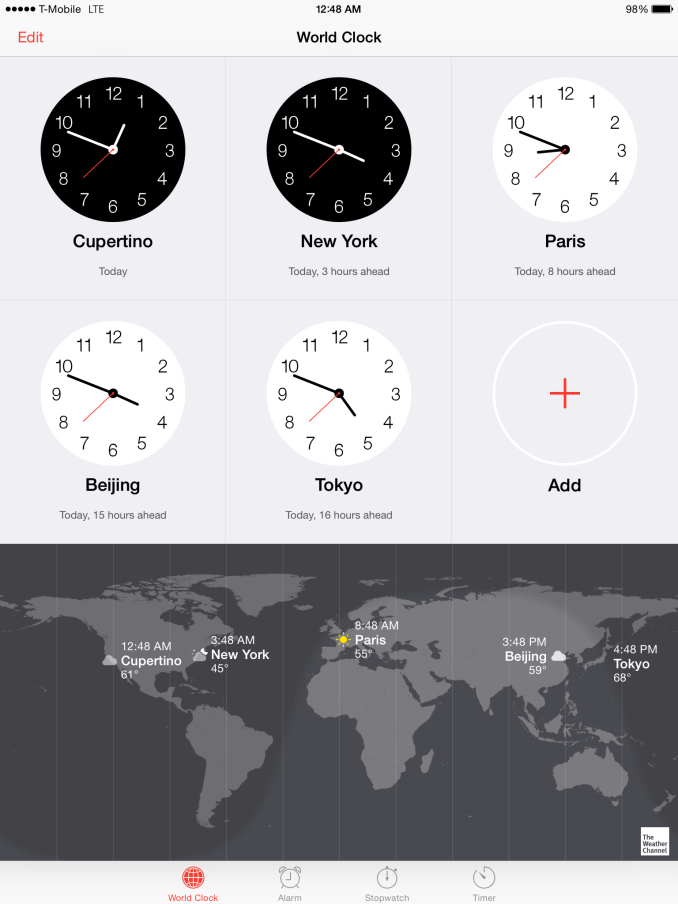
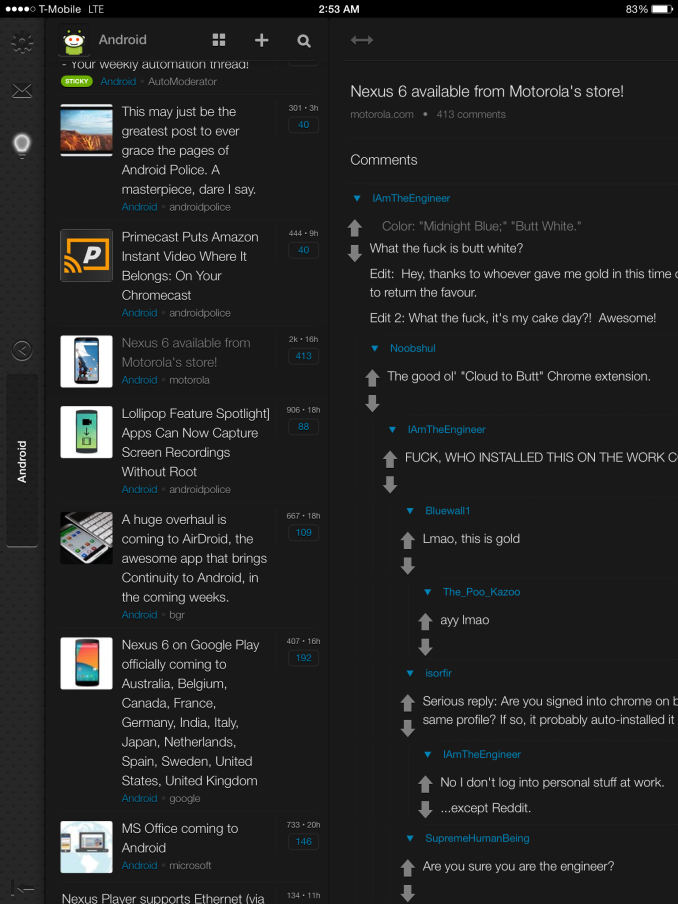

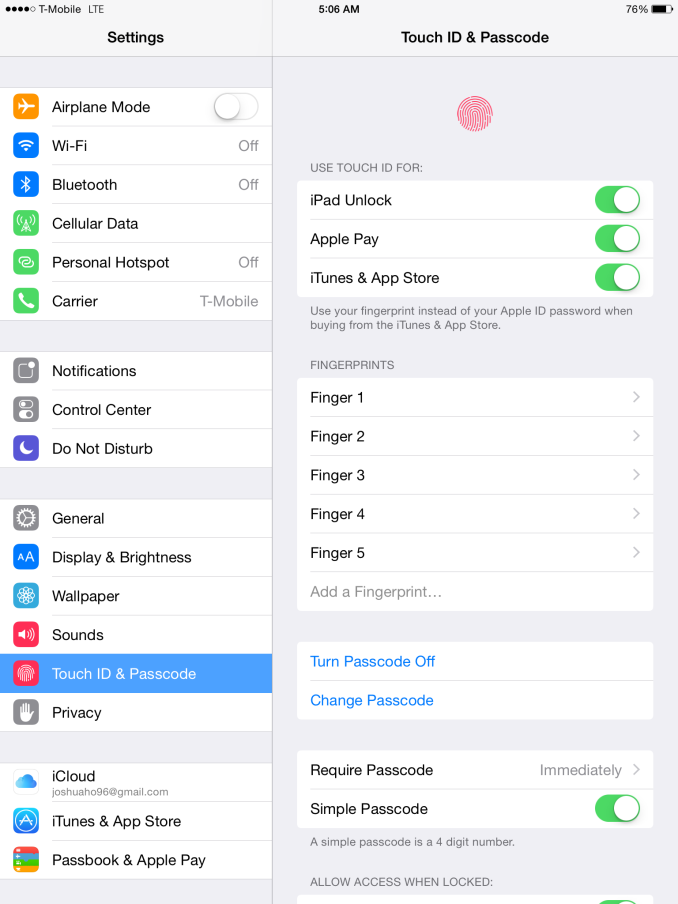








226 Comments
View All Comments
wewewe - Friday, November 7, 2014 - link
Just received mine. Previous was an Ipad 4th gens. One word ! Wow !! This is really magical. Its thin piece of glass with a processing power of a computer. I doubt there is a better tablet experience than this.Hyper72 - Friday, November 7, 2014 - link
I replaced an iPad 2 (512MB RAM) with Air 2, imagine my wow experience...Yes I also enjoy the thinness more than I thought I would. Only using it ~ two hours a day means it has more than plenty juice in any case.
Klug4Pres - Friday, November 7, 2014 - link
" While tablet applications that haven’t been properly scaled on the iPhone line are likely to look horrible due to the scaling factor used. While the same can and does happen with Android apps, it isn’t nearly as obvious because most of the scaling done is far more seamless and simply leaves a great deal of white space in the application that can’t necessarily be used."Please tidy that up by using actual sentences, because it is difficult to understand what you are saying here.
"As a result of all this work, it seems pretty obvious that the iPad Air 2 continues to deliver some of the best tablet software on the market. For the most part, every application available seems to effectively deliver a tablet-specific experience that helps to set the iPad lineup apart from other tablets. Unfortunately, it seems that due to a lack of competition there isn’t much in the way of attempts to dramatically improve the software experience, and as a result it’s a bit difficult for me to justify carrying a tablet around all the time as its size is relatively massive compared to even a 6 inch phablet"
You are saying the iPad Air 2 has some of the best tablet software, but tablets in general are not worth carrying around because they are too big relative to phablets. You attribute this to a lack of competition for the iPad, which means Apple has failed to make dramatic improvements to tablet software, improvements that would be necessary to make it worthwhile to carry tablets. OK. What about just having one for use at home? I think you are trying to say too many unrelated things in this paragraph.
"Overall, the iPad Air 2 is likely to be one of the only tablets worth buying on the market today."
I think this is rather too sweeping a statement for a review focused on one tablet, not very helpful when you omit to mention the other tablets worth buying, and anyway the statement isn't well supported in the article itself.
name99 - Friday, November 7, 2014 - link
"The glass is flat, which makes it seem noticeably different from the iPhone 6 line in that regard as it meets the chamfered edge of the back cover rather than making a seamless curve."iPad manufacturing has always lagged iPhone, I imagine because the volumes are lower.
I wouldn't read any "statement of direction" into this.
For example my iPad Retina came out at the same time as the iPhone 4/4S. The 4/4S was incredibly slick for its time, while the iPad Retina used a sort of lacquer or something to form the bezel around the screen, and there was noticeable unevenness in this lacquer. (Uneven meaning not visible, but you could feel it if you ran your fingers over the bezel.)
Of course the iPhone 5 ramped up slickness of manufacturing to a new level with the really tight tolerances, the feel of a single block of material; the 6 retained that while now converting straight edges to curves. I'd say the iPad Air 2, in terms of manufacturing slickness lives halfway between the 4/4S and the 5/5S. It doesn't QUITE reach that feeling of a single uninterrupted block of material, probably because it's striving for curves --- they might have been able to make it if they'd gone for a look exactly like the 5/5S.
The larger pattern, I think, is that the manufacturing/fit-and-finish is improving for iPads every year; they just suffer in comparison with the absolute perfection of the phone manufacturing.
sporkfan - Friday, November 7, 2014 - link
In agreement with you here. I'm really not a fan of how the TouchID is integrated into the iPad Air 2. I'm not sure if it's just lower tolerances than the iPhone 5s, or perhaps my unit is weird. But if my fingernails are long enough that they contact the ring at all (not that long, I swear!), they catch on the sharp outer edge. It feels icky. On the iPhone 5s this is totally not an issue.feeblegoat - Friday, November 7, 2014 - link
Hey, Josh, the data doesn't really match your conclusions about efficiency too much. I can see that performance degraded slightly more on the shield tablet, but only at the very end, before the last ten minutes. Up until then, performance stays at a steady 57fps (http://www.anandtech.com/show/8329/revisiting-shie... However, considering that this is an onscreen test, I'll assume the 5-7 fps advantage compensates for the lighter workload given by the lower resolution screen. So, assuming the workload is even, then we must consider the battery size difference. Ignoring the screen power usage for now, the Shield Tablet has a 19.75 Wh battery, the Air 2 a 27.62 Wh battery. Ratio the battery numbers with the battery life difference, and we end up looking at a 23% efficiency win for the Air 2, maybe up to 25-28% because of the larger screen. That's a little less than I would actually expect (but pretty close to expectations) considering the A8X is 20nm and the K1 28nm. So if anything, praise the efficiency of 20nm; because considering the gap in architecture, the efficiency is maybe worse than the K1's GPU.Sidenote: (Of course, that's a somewhat invalid argument, because the A8X has 20nm, K1 doesn't, and we can't just say that the K1 is more efficient - it's not. But still, the difference is due to 20nm. Kudos to Imagination, though, for making a GPU that has similar hypothetical efficiency to the juggernaut Nvidia. Can't wait for Maxwell SoC's though. One SMX on a phone?)
techconc - Friday, November 7, 2014 - link
"Ignoring the screen power usage for now"Huh? Once you do that, the rest of your question is meaningless. The screen is the largest power consuming component by a large margin. What's more, you're comparing a device with a 5" screen to a device with a 10" screen and attempting to guess at the efficiency of the chip components based the the respective battery sizes for these devices. That's an exercise in futility as you're not able to draw any meaningful conclusions based on the data you have.
lucam - Friday, November 7, 2014 - link
He doesn't get..so be it..dwade123 - Friday, November 7, 2014 - link
Lol Android devices are nowhere close to the iphone 6 let alone Air 2 in raw power and app library.Morawka - Friday, November 7, 2014 - link
Thanks for the review! finally ! haha